Back in grade school, homeroom always started with a calligraphy session. We had calligraphy notebooks intended for this, adorned with neatly spaced lines and sample letters outlined in dots. We didn’t have a graded handwriting or calligraphy class, but every day, we were given a line of text to copy and write repeatedly back-to-back on a page. The text was usually about our school’s founder, Maria Montessori—where she grew up, who her parents were, why, how, and where she started our school. Interestingly, after all those mornings writing random facts about her, I remember absolutely nothing. I didn’t enjoy these calligraphy sessions and was pretty bad at it. I did my best to follow the dotted lines, but my letters always looked awkward. I couldn’t close the loops, so the o’s didn’t look like o’s and the b’s looked like confused t’s. I was frustrated when people called my handwriting bad, and as the Type A, grade-conscious third grader I was, this was unacceptable.
So like any other subject I should and could not fail, I worked on my handwriting. When teachers would ask us to copy notes from a chalkboard or give us written assignments, I used these as opportunities to practice my handwriting. I endeavored to make my notes and homework prettier. I used red ink for headings, black for text, and occasionally, blue for underlines and asterisks. Eventually, with pure repetition and an uncanny refusal to give up, my handwriting became legible enough for classmates to copy. In time, some even considered it pretty. Mostly legible and sometimes pretty. I could work with that.
All that writing made me enjoy writing notes. Not just keeping the lines neat, but organizing them into aesthetically pleasing blocks. I experimented beyond colored pens; I discovered 4-in-1 multi-pens, highlighters, multicolored markers, and Post-it notes. In high school, unencumbered by school-prescribed supplies, I endeavored to find the perfect notebook. I examined notebook covers, paper quality, paper design (Should it be lined? Dot-grid? Blank?), page designs, resistance to bleeding, et cetera. Since we were encouraged to go overboard with our work, I turned in projects with scented paper, construction boards, glitters, ribbons, and assorted scrapbooking materials. Planners and bullet journals were bandwagons I gladly jumped on. Writing became something I enjoyed, even when the world turned digital. Despite the cramps and callouses, handwriting became gloriously satisfying.
I didn’t think I could learn anything more about handwriting. Mostly legible and sometimes pretty were working out for me. But in 2015, writing beautifully found a whole new meaning for me. At the time, I was recovering from a bad breakup, the kind that gave me enough hurt and anger to keep myself busy. I filled my previous date weekends with museum visits, sports activities, volunteer work, and random free seminars. I became a big joiner—anything from org events to spontaneous Pampanga road trips. On one such weekend, one of my friends asked if we wanted to join an event his fraternity was hosting. I had no idea what, where, or who this event was for, but I was free, the event was open to the public, and I couldn’t bear spending the rest of my Saturday doing nothing, so I said yes.
The event was a creative arts fair, with several booths in the room, each booth with a different activity to try. There was candle-making on one table, paper-cutting on the other, and painting a few tables over. I was drawn to the middle of the room, with a long table with paper, nibs, and nib-holders laid out—a calligraphy workshop.
I sat and listened as the facilitator went around the table. She discussed nibs, upstrokes, and downstrokes and taught us when to add more pressure. I was categorically bad at it, like grade school calligraphy all over again. My letters were lopsided and my strokes were all over the place. No matter how much I followed instructions, the letters never came out as beautiful as they should have. Obviously, I was not a natural at this.
Nevertheless, I tried again, more determined than I thought I would be. I repeated stroke after stroke, asked questions, and tried again when I wasn’t satisfied. The facilitator could tell I struggled with the nibs, so she suggested I start with faux calligraphy. She gave me a few Crayola markers to try. They weren’t brush pens, but they did allow a semblance of upstrokes and downstrokes. True enough, my letters came out much better, and I was starting to enjoy being intentional about each stroke of the brush. That same day, I bought a set of Crayola markers.
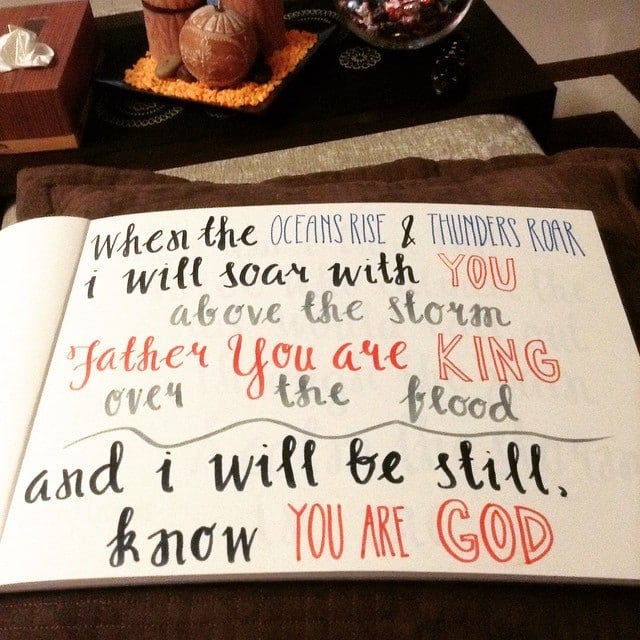
I practiced my calligraphy every day after that. I was, in a word, obsessed with it. I watched YouTube videos and followed lettering and typography Instagram accounts. Later, I moved on from markers to brush pens, buying them at every chance and in every color. Soon, I had six pen cases filled to the brim with brush pens and markers. I collected journals, sketchpads, and watercolor notebooks to write on. I found inspiring quotes, song lyrics, and Bible verses and worked them into my planners and journals. I even started writing my notes with calligraphy art to make them more interesting. Later, I felt confident enough to share them. I decorated greeting cards and letters. I gifted calligraphy art to friends and family. I posted these online, and though I know we should find motivation beyond external validation, I can’t deny that the likes and encouraging comments genuinely helped.
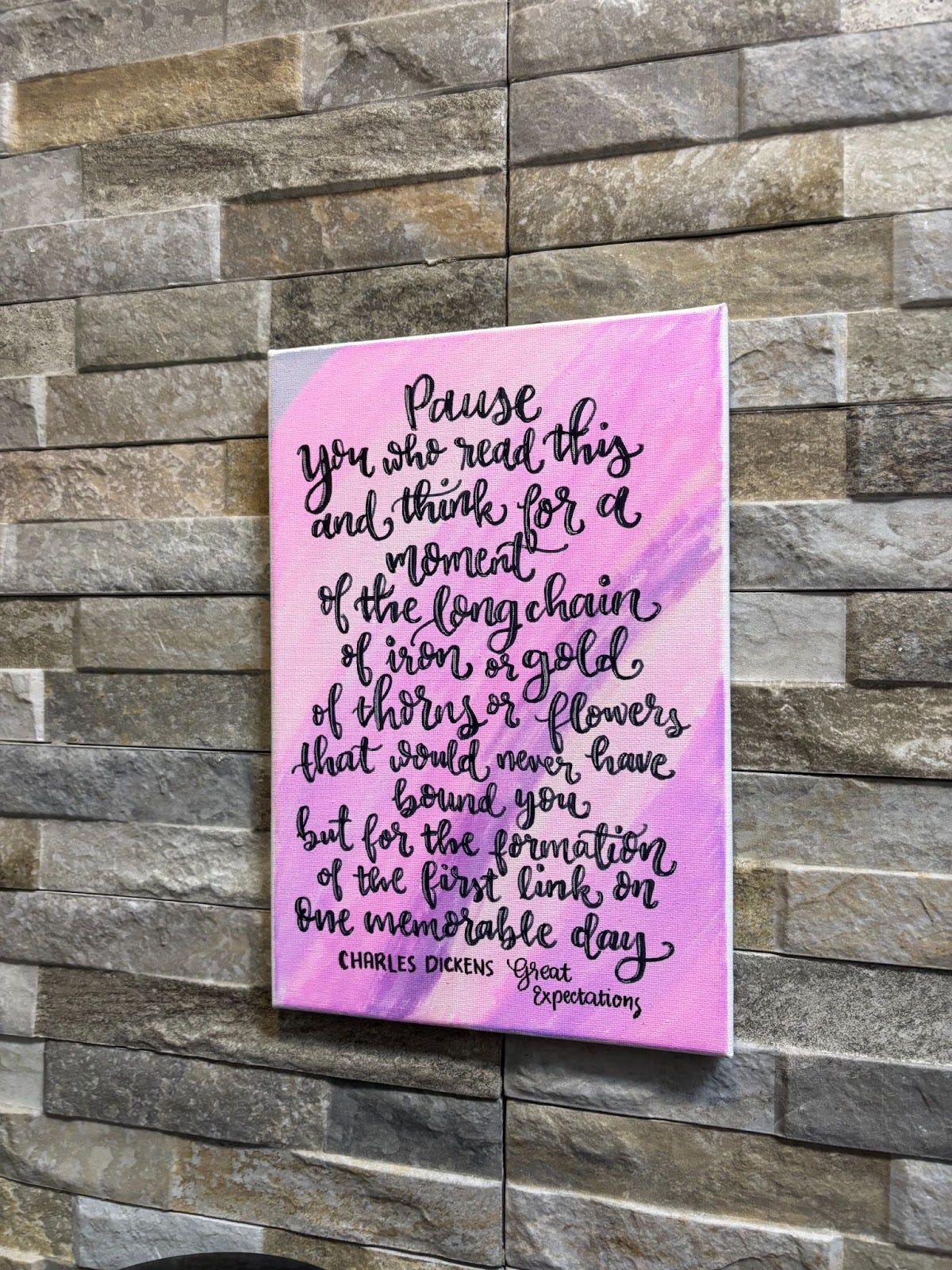
I don’t claim to be a calligraphy connoisseur, and certainly not enough to be commercially successful with my craft. Honestly, I cringe at the designs I created years ago, embarrassed that I felt confident enough to post them. Nevertheless, I am proud of how far I’ve come. Learning calligraphy helped me discover a whole other dimension of myself. The fact that this happened after a breakup was also incredibly healing. I was with my ex long enough that he was involved in every endeavor I ever did. He had imprints all over my life - in my favorite books, my go-to cafes, my graduation pictures, even. All except this one. This was mine. It was wonderful to share your life with someone, but to find something of mine was incredibly empowering.
We often think we should be fully formed in our twenties — as if there’s nothing left to change or work on, and that we should abandon all the trial and error to our childhood and teenage years. But my journey with calligraphy proves the opposite: you can reimagine and reinvent yourself, in adulthood and beyond.
I’ve been doing calligraphy for 10 years now, but I’ve been a lover of words for much longer than that. I love to read, admiring how words flow naturally from one page to the next. I love writing. I love stringing words and thoughts together, allowing ideas to take flight. And I love writing these words down through calligraphy, whether the words are my own or of other people. I love words so much that I created a separate Instagram account for all my word-adjacent hobbies (Follow me! @ellareadsaloud). My relationship with handwriting has beautifully evolved: from a frustrating requirement to a skill I worked on, and now to one of my favorite parts about myself. From something I was bad at, to something I want to do better, to something I enjoy creating. Handwriting and calligraphy taught me that we are never set in stone. We are allowed to be beginners. We are allowed to struggle, to be disappointed, even to fail. To try something new. To put in the effort. To continue or to abandon it as we deem fit. My work is never perfect and I have much to improve, but with calligraphy, I’ve learned to find comfort in the imperfect and hope in the unfinished. I don’t need to be the best at it, and that’s okay. My Type A third-grade self would never believe her ears, but I reckon she’d be proud of me too.

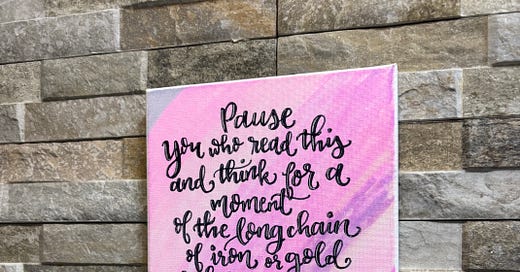


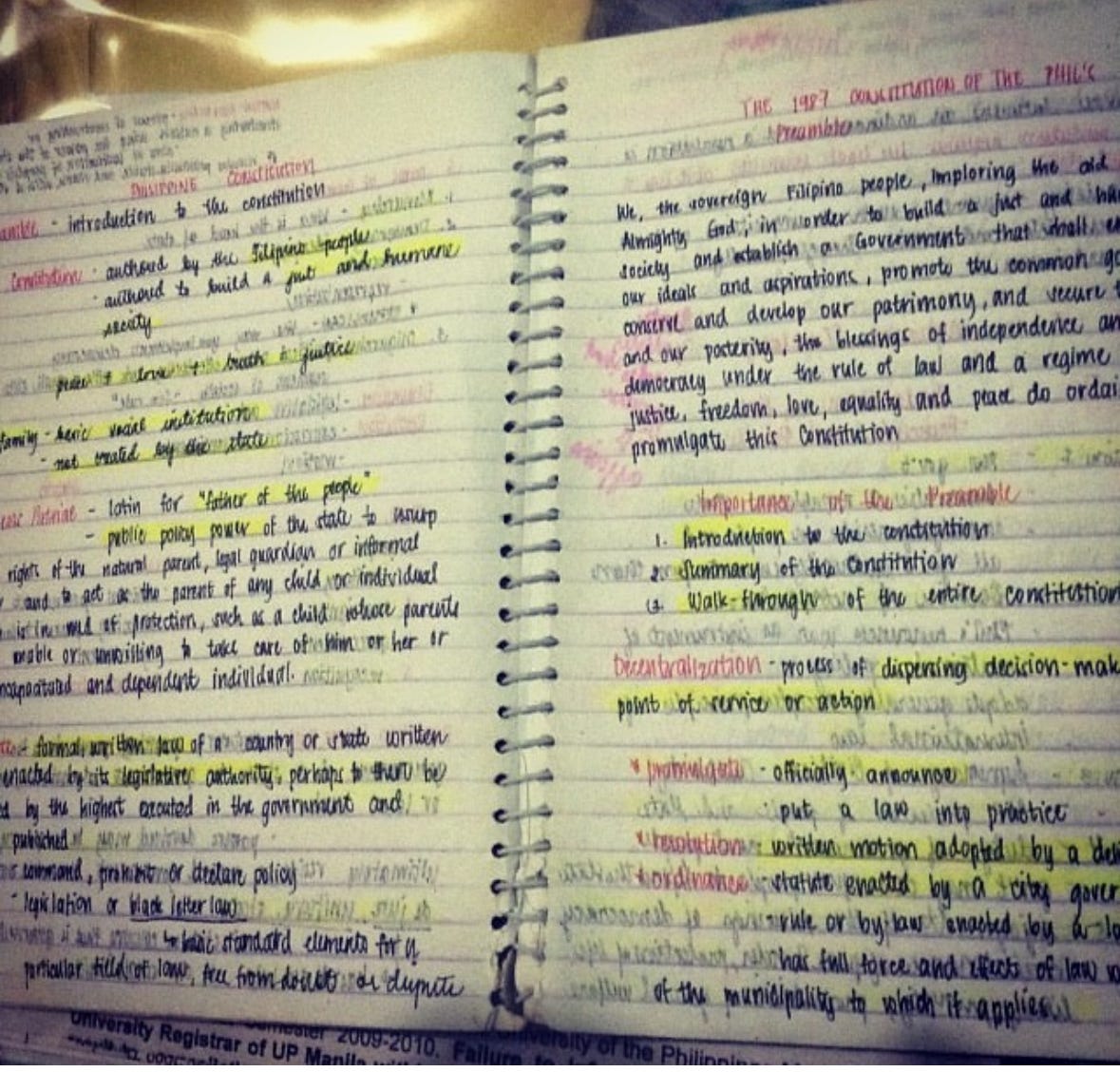
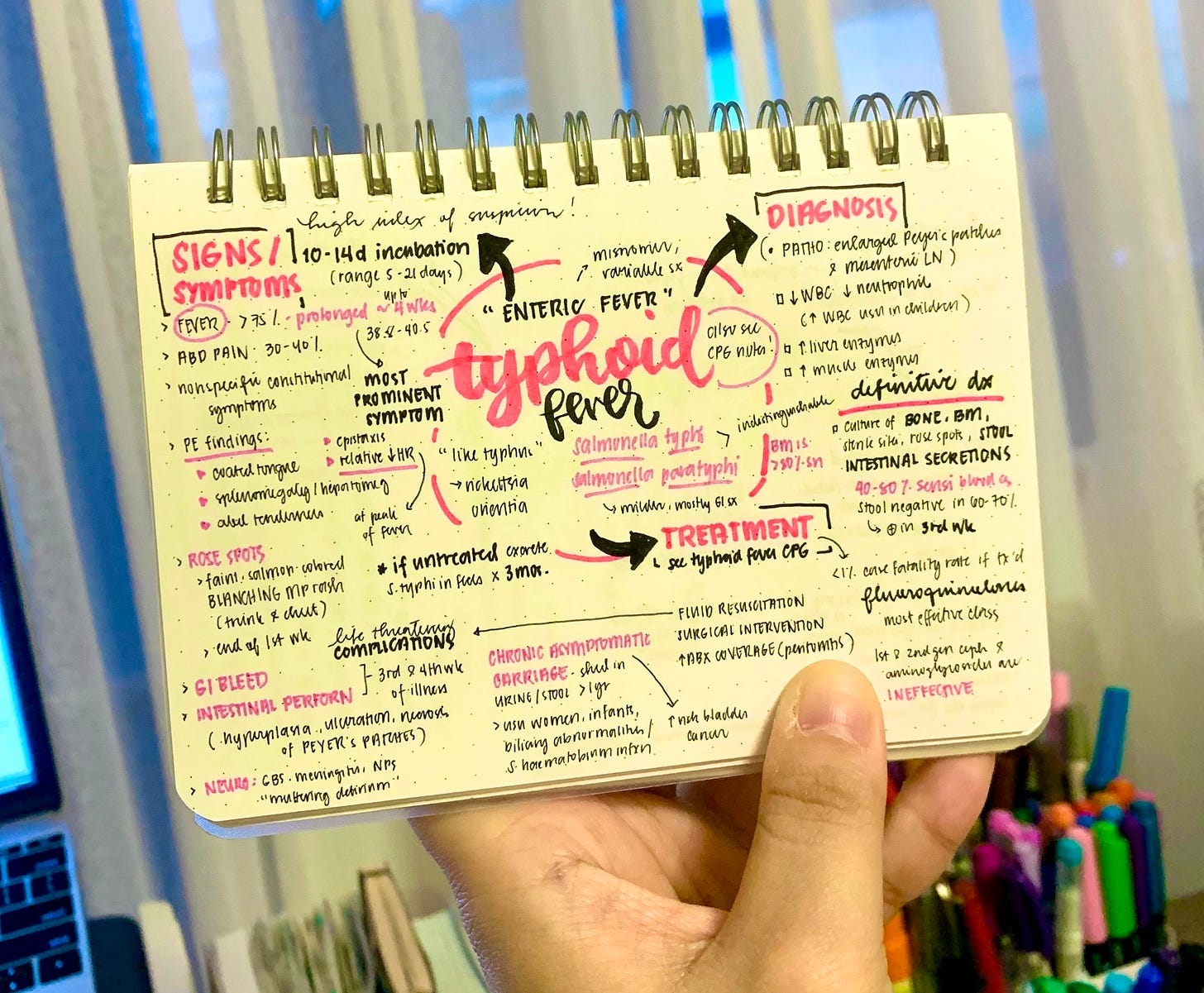

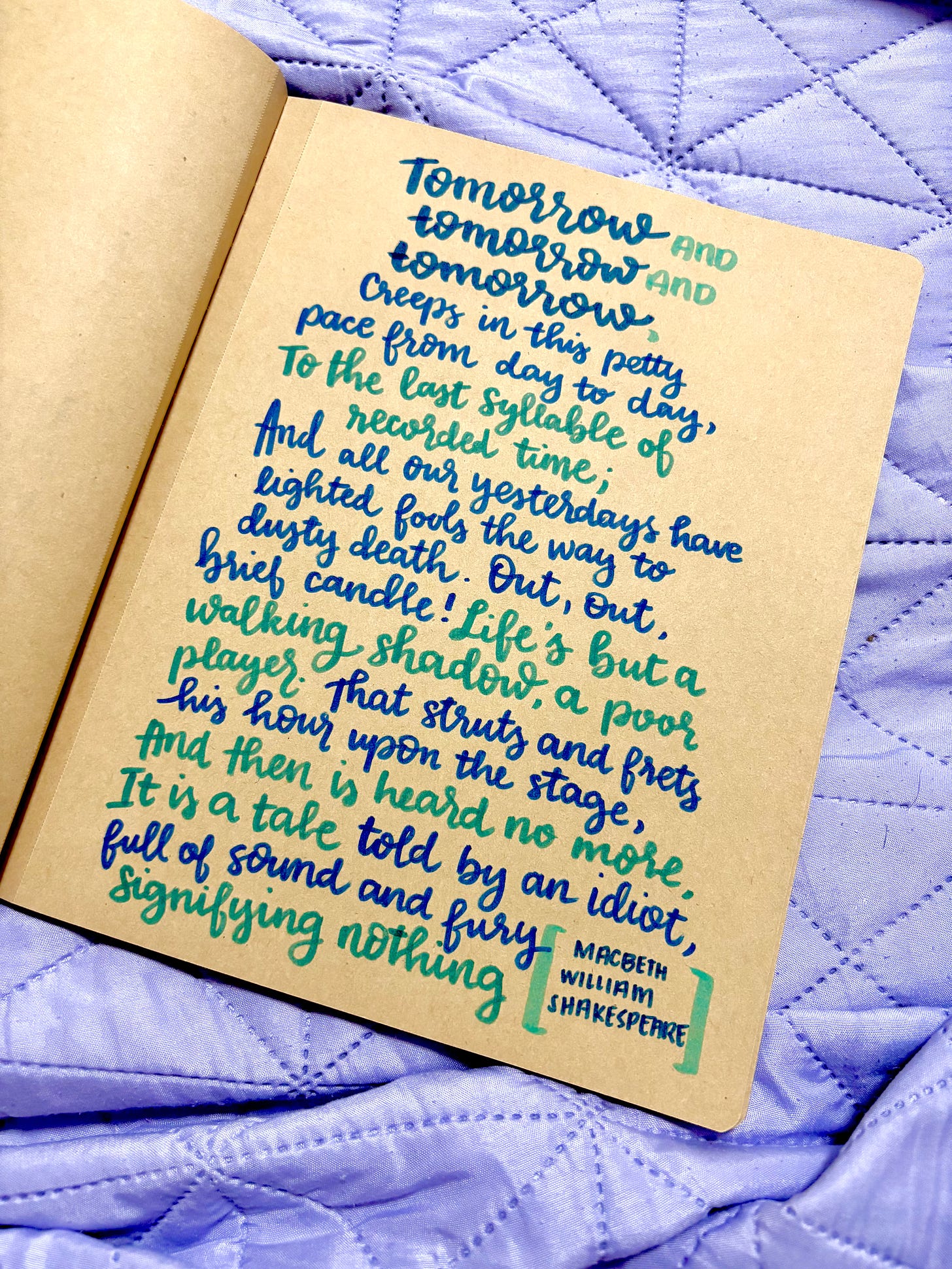
love this so much! what a great reminder to allow ourselves to be beginners even as adults. also ang galing ng calligraphy HAHAHAH
Ganda! At talagang pinaghirapan - ang tamis ng tagumpay. Your calligraphy looks great, Ella, and you worked hard for it. Kaproud! 💖